
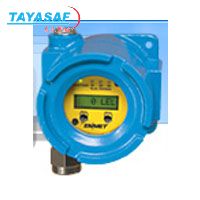
EX-5100碳氢化合物和有机溶剂检测仪
| 订货号: | MM-39999-00 |
| 产地: | 美国 |
| 品牌: | |
| 开发编号: | N |
| 市场价: | ¥ |
| *此产品根据配置不同价格不同 |
| *此价格为参考价格,具体价格以订单合同为准 |
- 我在现场:
- 产品视频:
- 1
- 2
- 产品描述
- 技术参数
- 技术文档
- 相关产品
- 明细价格
- 购买流程
产品描述:
EX-5100
For 0-100% LEL
Detection of Hydrocarbons and Organic Solvents
Detection of Hydrocarbons and Organic Solvents
Range:0-100% LEL
Digital display
4-20 mA output
Catalytic sensor
Non-intrusive calibration
Explosionproof
Calibration coefficients for over 30 gases/vapors
Magnetically activated calibration/programming switches
Linear response
Good poison resistance
Long-term stability
Fast response
Rated for harsh environments
Large temperature and humidity range
Backlit display
3 alarm LEDs
RS-485 available
| |||||||||
|
技术参数:

泰亚赛福作为众多知名品牌的合作伙伴,以最优的价格+完善的售后服务体系向您提供产品。“服务第一、质量第一、价格最低”!

泰亚赛福作为众多知名品牌的合作伙伴,以最优的价格+完善的售后服务体系向您提供产品。“服务第一、质量第一、价格最低”!
技术文档:

泰亚赛福作为众多知名品牌的合作伙伴,以最优的价格+完善的售后服务体系向您提供产品。“服务第一、质量第一、价格最低”!
- 在线浏览:
- 文档下载:

泰亚赛福作为众多知名品牌的合作伙伴,以最优的价格+完善的售后服务体系向您提供产品。“服务第一、质量第一、价格最低”!
相关产品:

泰亚赛福作为众多知名品牌的合作伙伴,以最优的价格+完善的售后服务体系向您提供产品。“服务第一、质量第一、价格最低”!
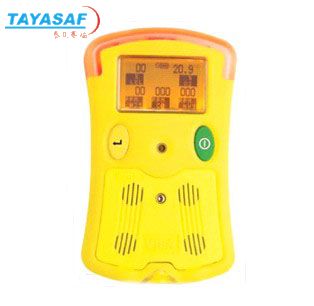 VISA手持式复合气体检测仪订货号:MM-00262-00
VISA手持式复合气体检测仪订货号:MM-00262-00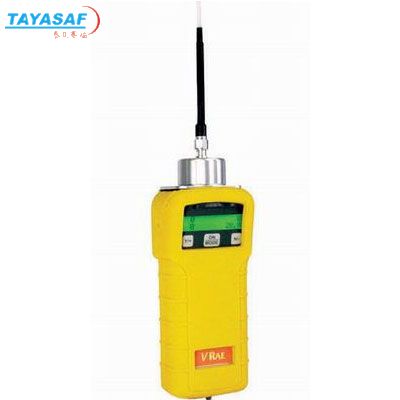 VRAE五合一气体检测仪[PGM-7800]订货号:MM-00888-00
VRAE五合一气体检测仪[PGM-7800]订货号:MM-00888-00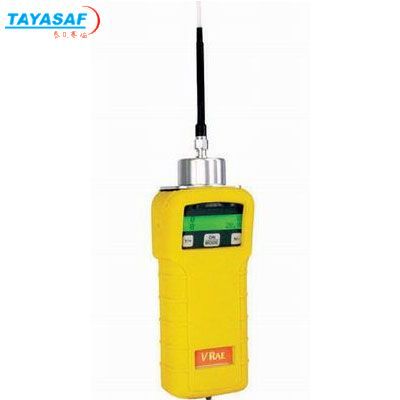 VRAE五合一气体检测仪[PGM-7840]订货号:MM-00890-00
VRAE五合一气体检测仪[PGM-7840]订货号:MM-00890-00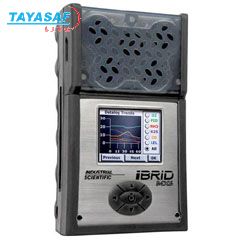 美国英思科MX6复合式多气体检测仪订货号:MM-01046-00
美国英思科MX6复合式多气体检测仪订货号:MM-01046-00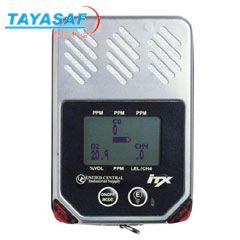 iTX 复合式气体检测仪订货号:MM-01709-00
iTX 复合式气体检测仪订货号:MM-01709-00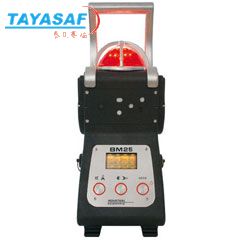 BM25复合式气体检测仪订货号:MM-01724-00
BM25复合式气体检测仪订货号:MM-01724-00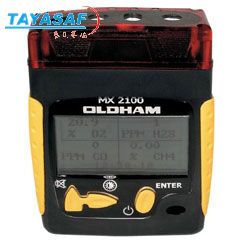 MX2100复合式气体检测仪订货号:MM-01705-00
MX2100复合式气体检测仪订货号:MM-01705-00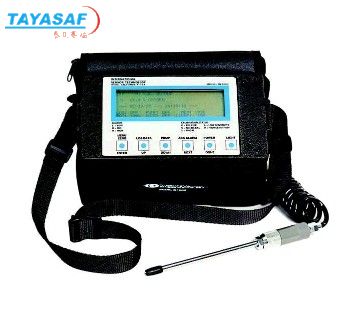 IQ-1000万用气体检测仪订货号:MM-02603-00
IQ-1000万用气体检测仪订货号:MM-02603-00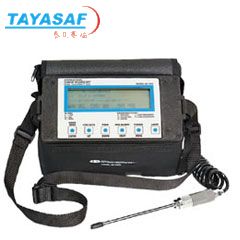 IQ-1000苯乙烯气体检测仪订货号:MM-08222-00
IQ-1000苯乙烯气体检测仪订货号:MM-08222-00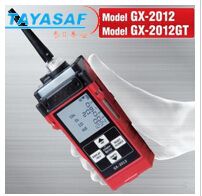 日本理研复合气体检测仪GX-2012订货号:TA-01459-00
日本理研复合气体检测仪GX-2012订货号:TA-01459-00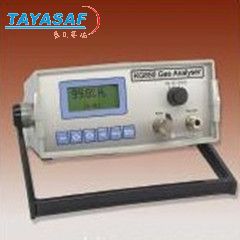 KG850便携式气体分析仪订货号:MM-84962-00
KG850便携式气体分析仪订货号:MM-84962-00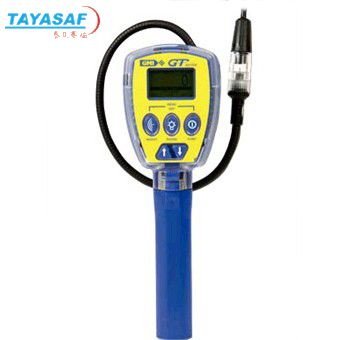 GT41可燃气体检测仪订货号:TA-00094-00
GT41可燃气体检测仪订货号:TA-00094-00

泰亚赛福作为众多知名品牌的合作伙伴,以最优的价格+完善的售后服务体系向您提供产品。“服务第一、质量第一、价格最低”!
明细价格:

泰亚赛福作为众多知名品牌的合作伙伴,以最优的价格+完善的售后服务体系向您提供产品。“服务第一、质量第一、价格最低”!
| 定货号 | 产品名称 | 规格配置 / 简介 | 市场价/(会员价) |
|---|---|---|---|
| MM-39999-00 | EX-5100碳氢化合物和有机溶剂检测仪 | /() |

泰亚赛福作为众多知名品牌的合作伙伴,以最优的价格+完善的售后服务体系向您提供产品。“服务第一、质量第一、价格最低”!
购买流程:

泰亚赛福作为众多知名品牌的合作伙伴,以最优的价格+完善的售后服务体系向您提供产品。“服务第一、质量第一、价格最低”!
①购买产品:点击“生成订单”→填写产品数量、联系方式并提交→会员顾问订单处理→合同签订。
②咨询产品:请联系会员顾问或致电会员客服电话。
③如果您还不是我们的会员,请先注册。
④最小起订数量:1
注意:本产品唯一个人现金委托收款人,如汇入其它个人账户本公司不承担任何责任
维护担当:
上线时间:
投诉电话:13801126385 13911302309
②咨询产品:请联系会员顾问或致电会员客服电话。
③如果您还不是我们的会员,请先注册。
④最小起订数量:1
注意:本产品唯一个人现金委托收款人,如汇入其它个人账户本公司不承担任何责任
维护担当:
上线时间:
投诉电话:13801126385 13911302309
联系方式
电话北京:400-000-1836 分机 或拨0转总机
上海:021-54248686 分机840 / 211 或拨0转总机
上海:021-54248686 分机840 / 211 或拨0转总机
传真北京:010-84852750/84854139
上海:021-64418200
上海:021-64418200

泰亚赛福作为众多知名品牌的合作伙伴,以最优的价格+完善的售后服务体系向您提供产品。“服务第一、质量第一、价格最低”!
品牌简介
ENMET(恩美特)公司创建于1970年,主要生产氧监测、有毒及可燃气体探测器的相关设备。ENMET可以利用不同传感器技术,如红外、光子、催化燃烧、金属氧化物半导体(MOS)为客…ENMET(恩美特)公司创建于1970年,主要生产氧监测、有毒及可燃气体探测器的相关设备。ENMET可以利用不同传感器技术,如红外、光子、催化燃烧、金属氧化物半导体(MOS)为客户检测管道、过程线、贮水筒、发动机、环境室、汽车维修领域和类似应用场合。所设计的系统进行监测露点、易燃气体、氧气、二氧化碳、挥发性有机物、制冷剂、氯化溶剂、碳氢化合物、有机和无机等有毒气体、二氧化硫、盐酸、HF、臭氧等。
您最近浏览的商品












 美国恩美特
美国恩美特



